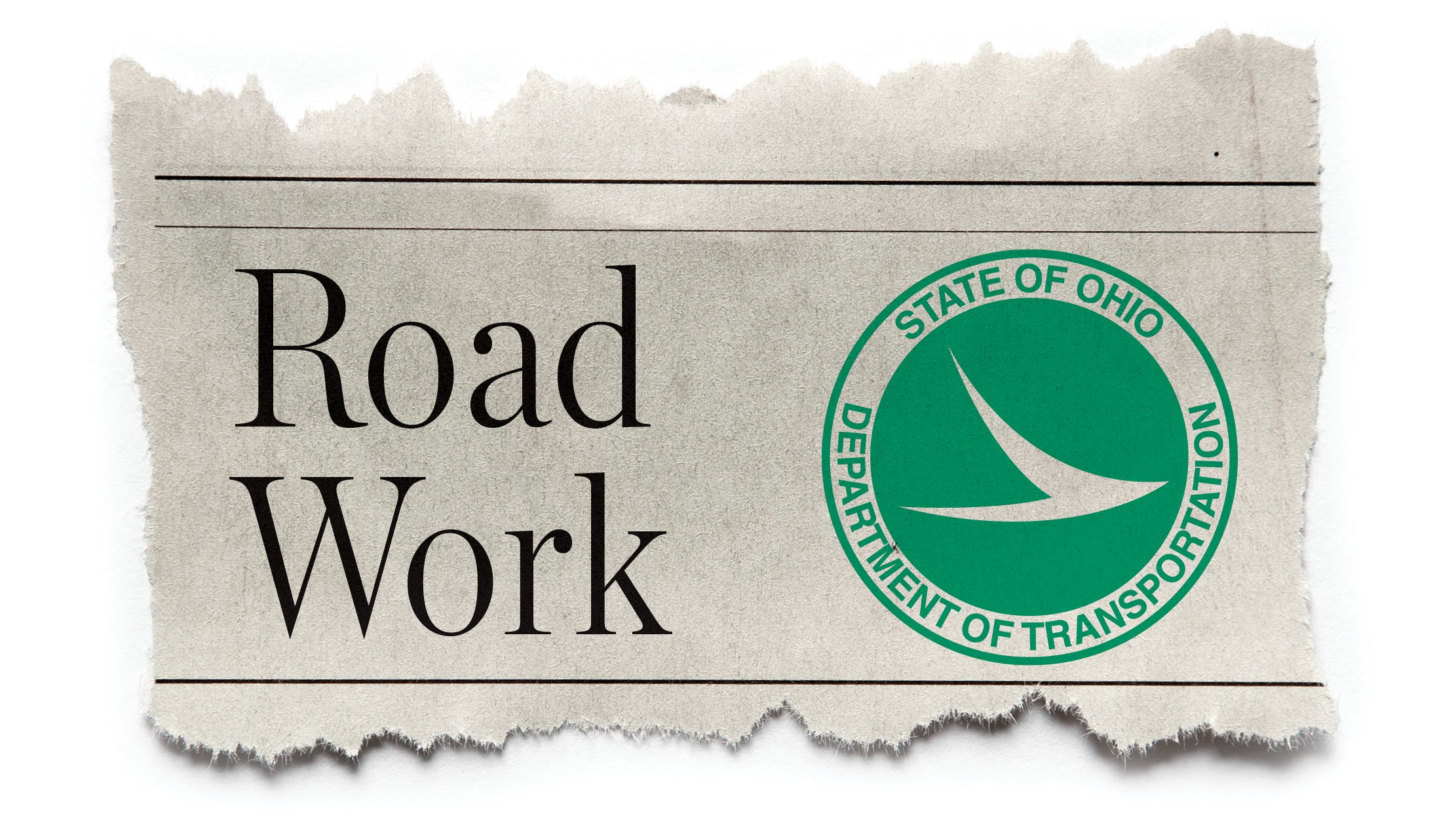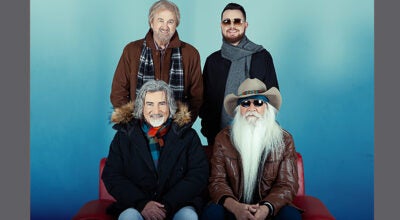Teens volunteer in genetic research project
Published 10:20 am Monday, May 18, 2009
CHESAPEAKE — It was a special kind of fishing. One that took no hook or wiggly worm for bait. In fact, these fish had already been caught and were stuck in the freezer waiting a fate far different from that in a frying pan.
They were the blacknose dace, a small minnow-like fish found in streams, especially in Ohio, and the object was to determine the DNA in the three different species of the fish.
The project is through the biotechnology science department at Marshall University and research assistance for a week came from Chesapeake and Rock Hill high schools through the auspices of the Project Lead the Way program. The Marshall professor in charge was Dr. Elizabeth Murray.
The teens spent a week working in an actual lab, mashing up frozen fish and preparing it so its DNA could be tested. For the intense work the students received one hour of college credit.
“It is good for them is to get the college experience. They can see an actual lab,” said Ival Shields, engineering teacher at Chesapeake, whose students were part of the project. “It takes a lot of hard work to process samples of DNA, diluting and adding chemicals. It doesn’t happen like you see on CSI.”
There are three different river basins where the species of fish inhabit.
One basin flows to the Atlantic Ocean; one to the Ohio River and the third to the south.
Determining the DNA of the species is part of an ongoing graduate studies project at Marshall. For the past two years, Verizon of West Virginia has awarded Marshall’s technical college a $62,000 grant to cover the costs of the camp for students.
“This is genuine research. We are trying to determine if these species have interbred,” Murray said. “They used to be categorized as a single species. Then 10 years ago someone said they have never looked at their DNA. When we are done, these students will be included as contributing to science.”
Allowing the teens to participate can make them more comfortable pursuing a scientific career, she believes.
“When you do science, you don’t have it all laid out like in a cookbook. They are getting to see real science in action,” she said. “This is to better prepare them to excel in college, to see themselves able to go to college, able to participate. We just want more scientists and engineers.”
Among those taking part from Chesapeake were sophomores Sarah Mayo and Nathan Copley.
Both found the camp provided some practical experience that they could use later on in their college and work careers.
“We will know the basics, the steps that it takes to go through this,” Mayo said.
Copley found he picked up some “people skills” as well.
“How to work with other people,” he said. “You learned how to ask for help if you didn’t know what to do.”
The research from this project will eventually go into an international database.




